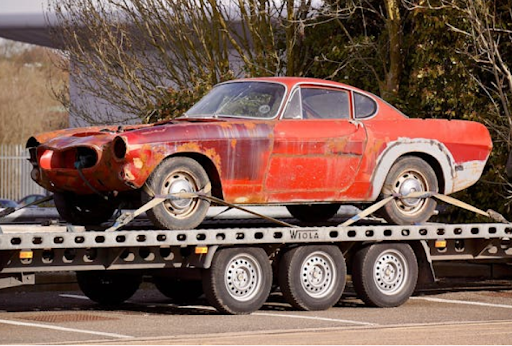There’s a lot to consider on the market for a DPF delete system. Better performance or more reliability and reduced backpressure-reliability and performance go hand in hand. Let’s break it down!
What is a DPF Delete?
DPF delete refers to the removal of the diesel particulate filter from your truck’s exhaust system. The DPF is designed to filter out harmful soot and particulates from the engine’s exhaust gases, but over time, it can become clogged, causing back pressure and reducing engine performance.
When you opt for a DPF delete, you remove that restrictive filter to improve exhaust flow and let your engine breathe easier. The system is usually done by removing the DPF and often replaced with a straight pipe or aftermarket component that maximizes the efficiency of the exhaust.
Benefits? Better airflow, increased horsepower, and better turbo response. With a DPF delete, your truck can run more efficiently and give you more power and better throttle response. Note, however, that this modification can void warranties and may or may not be legal in all areas due to emissions regulations.
By entering your truck’s year, make, and model on dynovoxparts.com, you will be presented with DPF delete options for your vehicle to guarantee the right fit for optimal performance.
The type of DPF delete system selected depends upon your goals, whether improving engine performance, enhancing fuel efficiency, or simply eliminating the restrictive factory filter to cruise smoother and more powerful.
5″ DPF Delete Race Pipe for 2019-2022 Ram 2500/3500 6.7L Cummins
Why Do You Need a DPF Delete?
Looking to improve your diesel truck in terms of performance and efficiency? Well, probably one of the best modifications is a DPF delete. Here’s why:
Increased Power and Efficiency: DPF delete removes this restrictive diesel particulate filter that causes back pressure to occur, restricting exhaust flow. By eliminating this restrictive element in the system, exhaust gases can exit much more freely, thereby taking pressure off your engine for noticeable increases in horsepower, torque, and overall engine efficiency.
Improved Throttle Response: Without the DPF, your engine will spool quicker and respond faster to throttle input. This means improved acceleration and a more enjoyable drive, especially for those trucks running larger turbos or other performance modifications.
Improved Economy: With less back pressure and better flow, many diesel owners report improved fuel economy, particularly on the highway and during long hauls where your engine doesn’t have to work as hard to move exhaust gases through the system.
Durability and Performance: A DPF delete system, often made from high-quality stainless steel or aluminized steel, is built to last longer and perform better than stock filters. It improves engine performance and prevents common issues like clogging, which can cause costly repairs down the road.
Is a DPF Delete Worth It?
Pros:
- Improved Power: With reduced exhaust restriction, you’ll feel a noticeable boost in horsepower and torque.
- Better Efficiency: The enhanced flow can improve fuel economy over time.
- Faster Turbo Response: Your turbo will spool faster, delivering more power at lower RPMs.
- Reduced Maintenance Costs: By eliminating clogging issues, you’ll save on maintenance costs related to a failing DPF.
Cons:
- Legality: DPF delete systems are not street legal in all areas due to emissions regulations, so check local laws before upgrading.
- Potential Warranty Void: Removing the DPF may void your truck’s warranty.
- Required Tuning: For your DPF delete to perform optimally, proper tuning is necessary for smooth and effective engine running.
Is It Worth It? The DPF delete makes for an excellent option to squeeze increased power and efficiency out of one’s diesel truck. Easy but effective, it gets the truck breathing easier and hauling better while saving owners big money in maintenance later. All too often, though, there are times that the legality needs consideration and, of course, tuning along with this modification.







